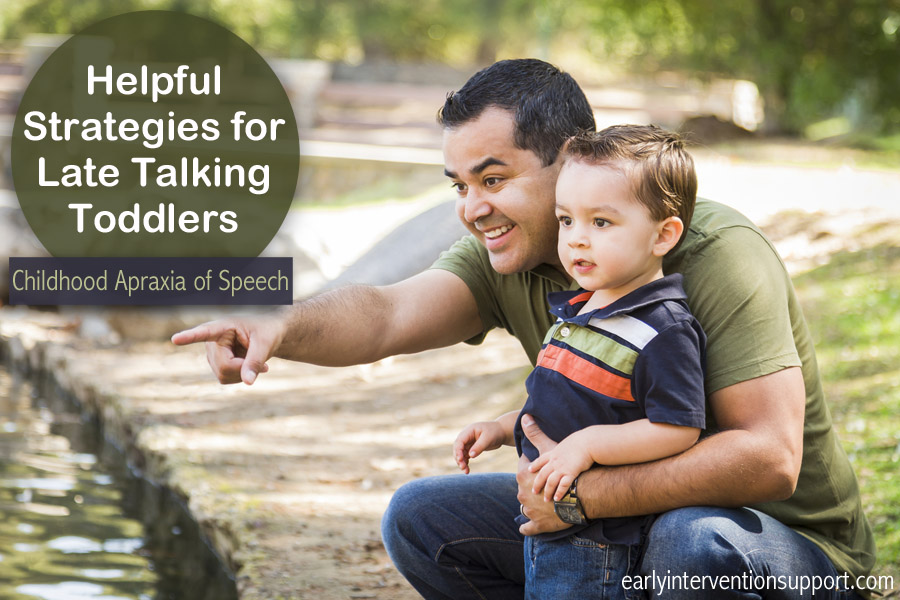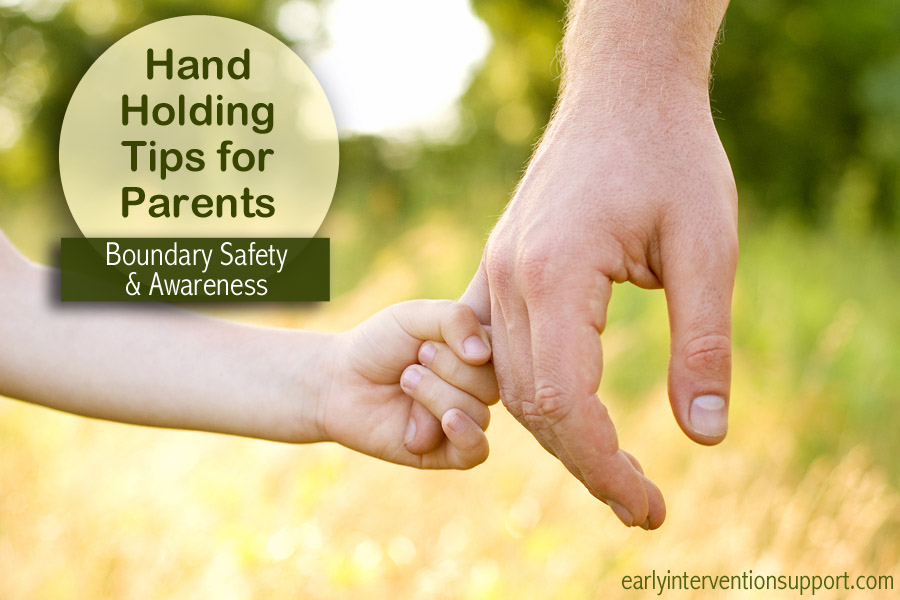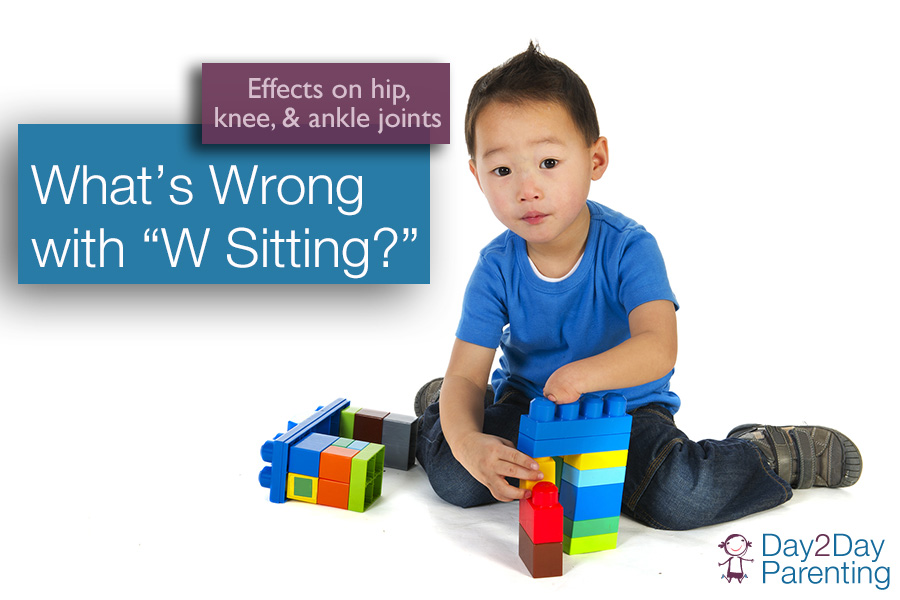My daughter recently turned 3. She still nurses and sleeps in our bed, which is fine with me. I am worried about her separation anxiety. It started around 10 months and got worse until about 13 months (she would scream as I took 2 min. showers while her dad hugged her on the other side of the glass). At 17 …
Helpful Strategies for Apraxia of Speech or Late Talking Toddlers
In our previous article, Childhood Apraxia of Speech, we discussed some characteristics of suspected apraxia of speech in toddlers. To redefine childhood apraxia of speech (CAS), it is a motor speech disorder. A child who has CAS will have difficulty planning motor movements for speech production. So, what does this mean? A child with CAS will often know what they …
Hand Holding Tips for Parents with Toddlers
Holding your toddler’s hand can be one of the most beautiful connections between caregivers and children. Yet, what if your toddler/child simply refuses to hold your hand? What are we do to when we need to guide them or protect them from danger? This is a topic often covered in sessions with my families who are concerned with safety and …
Q&A: 6 Year Old Won’t Try New Foods
I have a 6 year old, almost 7 that I consider to be a problem eater. Her diet in limited to less than 10 food items. I’ve talked to her pediatrician and she assures me that it will change once she grows older, she started this behavior when she was 3 tears old, and apparently she has no medical issue, …
Q&A: Four Year Old Won’t Stop Thumb Sucking
Our four-year old has his thumb in his mouth most of his waking hours. We’ve tried talking it over with him, the Thumb Buddy, books and stories about thumb sucking. His dentist talked to him about it approximately six months ago, too. None of these things have worked. We’re open to getting a professional evaluation but don’t know where to …
What’s Wrong with W Sitting in Children?
Do you see your child or someone else’s child sitting with their bottom on the floor and their legs out beside them, forming a “W” shape? This is commonly called “W sitting.” You may think “wow, look how flexible they are.” Although flexibility in your muscles is a good thing, “W” sitting is not.
Child Reactions: Sensory Issues or Behavior Driven?
Many parents and therapists alike can be perplexed by whether or not a child’s behaviors are resulting from sensory processing dysfunction or behavior driven. When living or working with infants or toddlers, this can be especially difficult until they are able to express their wants or needs by actions or words.
Tips for Making Daycare Drop Off Easier
Dropping off your child at day care is never easy. Here are a few tips to ease the day care drop off transition.
Q&A: 5 Year Old Started Biting His Shirt Sleeves at School
My five year old grandson started kindergarten, he recently started to bite on his sleeves, jacket tie straps and biting on my shirt. He is one of the youngest kids in school and does not do well when kids pick on or bully him.
Q&A: Autistic Child is Biting – How Can I Encourage Him to Stop?
What strategies can you recommend to stop biting? I’m working as an additional educator in a child care centre with a boy with autism that bites when someone is in his space.








